Tech solutions and real world tips
Matt Tomkins
WORKSHOP EDITOR
Our workshop puppet master, Matt has a real penchant for restoring British classics in particular.
This month Putting the finishing touches to his MGF project ready to hit the road to Gaydon on July 6.
Rich March
PRO BUFFER
New recruit Rich runs UK Detailing Academy. Our expert at making things shiny.
This month Shows you how to properly clean chrome and polish the other metalic parts which may be fitted to your classic.
Ed Hughes
WORKSHOP GENIUS
A former teacher, Ed singlehandedly keeps a fleet of obscure classics on the road. He’s never owned a modern car and intends keep it that way.
This month MOT'd the Lada Samara (no advisories) and is now enjoying the thrill of 'modern' motoring!
Nigel Clark
DIY RESTORER
Nigel’s driveway achievements rival those of pro mechanics. He’s our resident Triumph and BMW expert.
This month Has been out and about in his classics, enjoying the show season with the wind in his hair.
SEATS
My driving seat’s awful!
Q Help – the driver's seat of my Seat Arosa is absolutely crippling me!
Martin Halford, Leominster
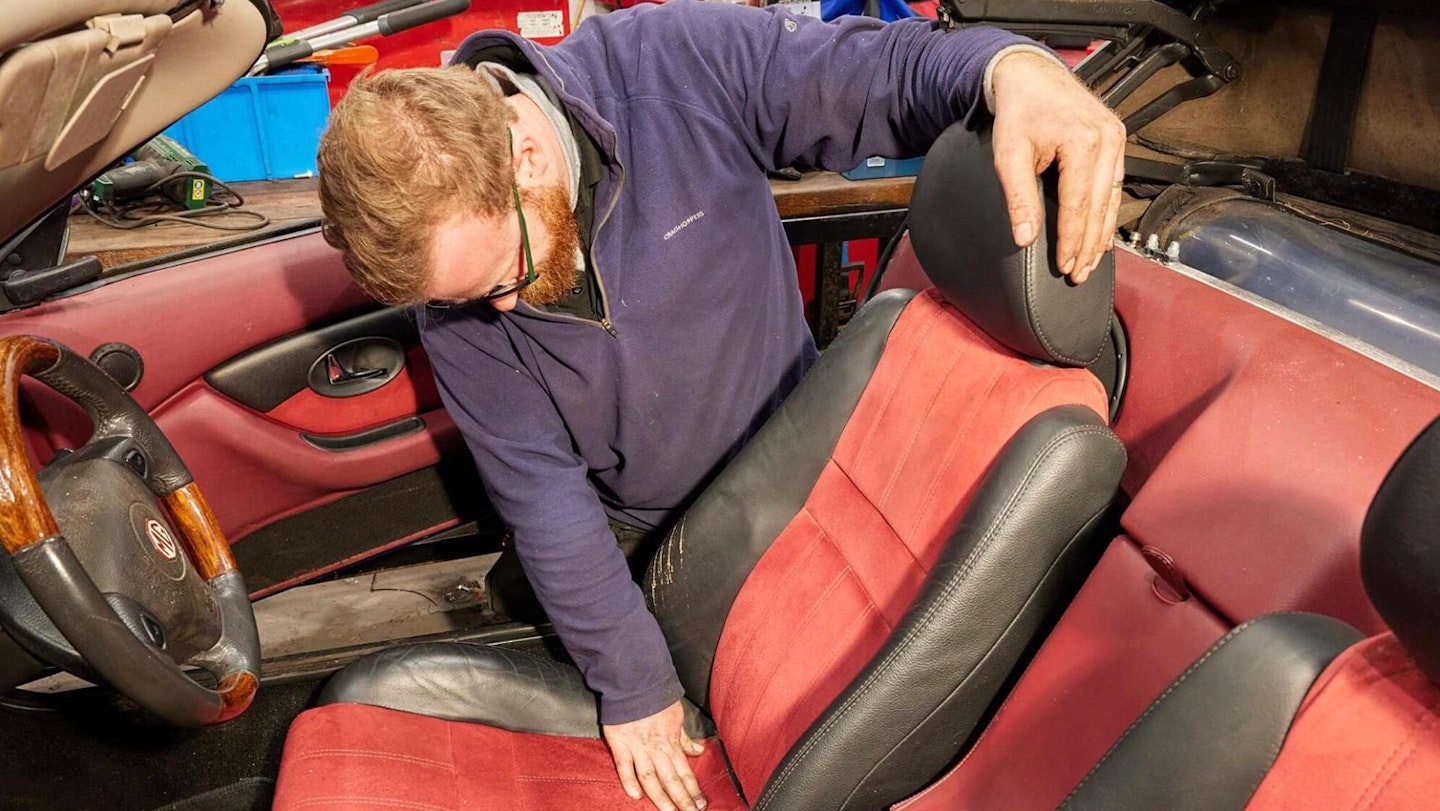
TOWEL TRICK
Drive with folded towels on top of the seat to work out where/how much support's needed.
FRAME TWEAKS
Occasionally it may help to place blocks between seat frame and floor to raise/ angle the seat.
SLIDING FIT
Reattach covers using silicone spray on the foam. Reuse old barb-holes, if not too tight.
Ed says
A Many driver's seat bases give way: the driver drops to the point where the lumbar support of the seat back is in the wrong place, causing backache. There are three common types of seat base construction: elastic straps or serpentine springs support a thick foam cushion; coiled, interlocked springs support a layer of felt and foam; and a simple, pressed steel base which contains a large piece of moulded foam. The critical area is just in front of the seat back, which bears all the driver's weight. Here you'll find stretched straps or serpentine springs and/or soggy foam. A coil-sprung seat collapses because it throws the load out to a perimeter frame, which has typically broken at a spot weld.
The easiest fix is to swap the driver's and passenger's seats - unless they're handed. Repair starts by removing the seat, then the fabric-and-PVC seat cover, usually held by barbs or pressed into channels in the frame. This is the trickiest bit.
Kneel on the base to relieve tension in the cover.
Elastic straps – replace. You can buy the webbing by the length and attach it yourself. Serpentine springs: replace, if a suitable substitute is available. Otherwise, re-bend with pliers and add a layer of carpet or felt under the rear half of the seat foam to spread load evenly across the springs. Coil springs: weld broken frame; add or renew felt layer between springs and foam. Possibly renew foam (thin chip foam is ideal with possible topping of 3-6mm conventional foam. Steel shell – moulded foam types: glue splits and reinforce by gluing a patch of old T-shirt over the split. If the cushion has lost its resilience, add layers of thick soundproofing-type felt, carpet or underlay under the foam, at the rear half of the seat Test before gluing in place and replacing covers.
MATT SAYS
A bad driver's seat makes a car horrible to use. It's dangerous, as it makes you tired and uncomfortable, and distracts you. A supportive seat provides a surprising amount of feedback about the car's handling behaviour. It’s well worth spending the time sorting the issue.
BRAKING FAULTS
Commercial brake
Q My Fiat 850 van's right front drum brake shrieks. It also pulses when used hard. The drum shows these markings.
Mark Jacobs, Ongar
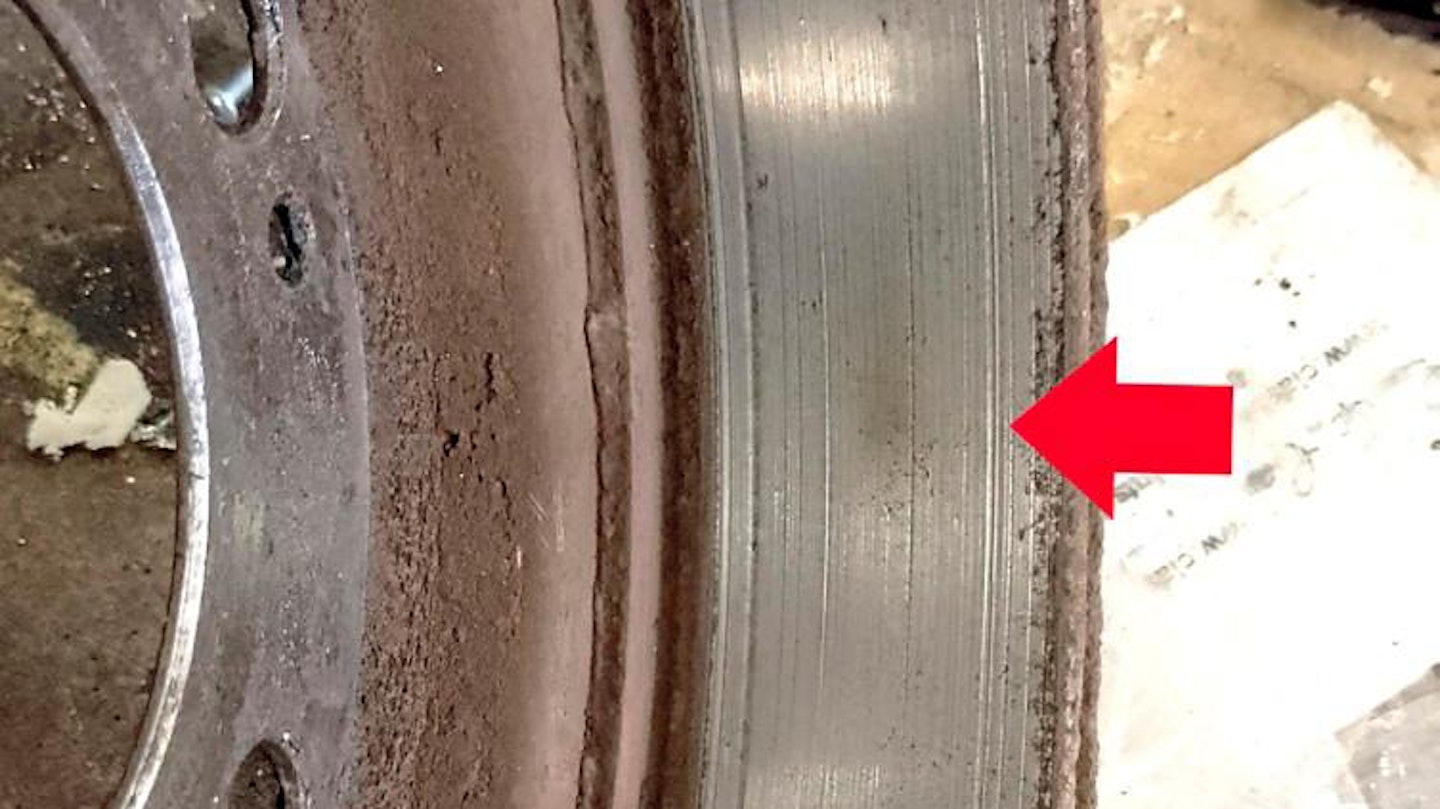
What’s causing these spots?
Nigel says
AThey look like hot spots, where the linings are catching – maybe high spots or warping, though it's odd that they should be so regular. This, and the shrieking and pulsing make us wonder if the brake shoes are shimmying around – perhaps held fast in such a way that they can't attain a comfortable, square position against the drum. Rub the drum with abrasive paper to remove the dark spots. Remove the brake shoes. Make sure brake pistons are free and that cylinders are mounted securely. Dress shoes with abrasive paper (not if asbestos linings!). Refit with copper grease on all contact points between shoes and cylinders, mounting posts and backplates. Check return springs are in good order: they don't just return the shoes after use, they modulate the braking effect while they're in use.
FORD ESCORT
RELUCTANT RETURN TO SERVICE
Q My 1985 Escort has two problems since the start of the year. It regularly drops onto three cylinders, and it goes through periods of jerking on light throttle, then stalling at idle.
Pete Griffiths, Old Colwyn
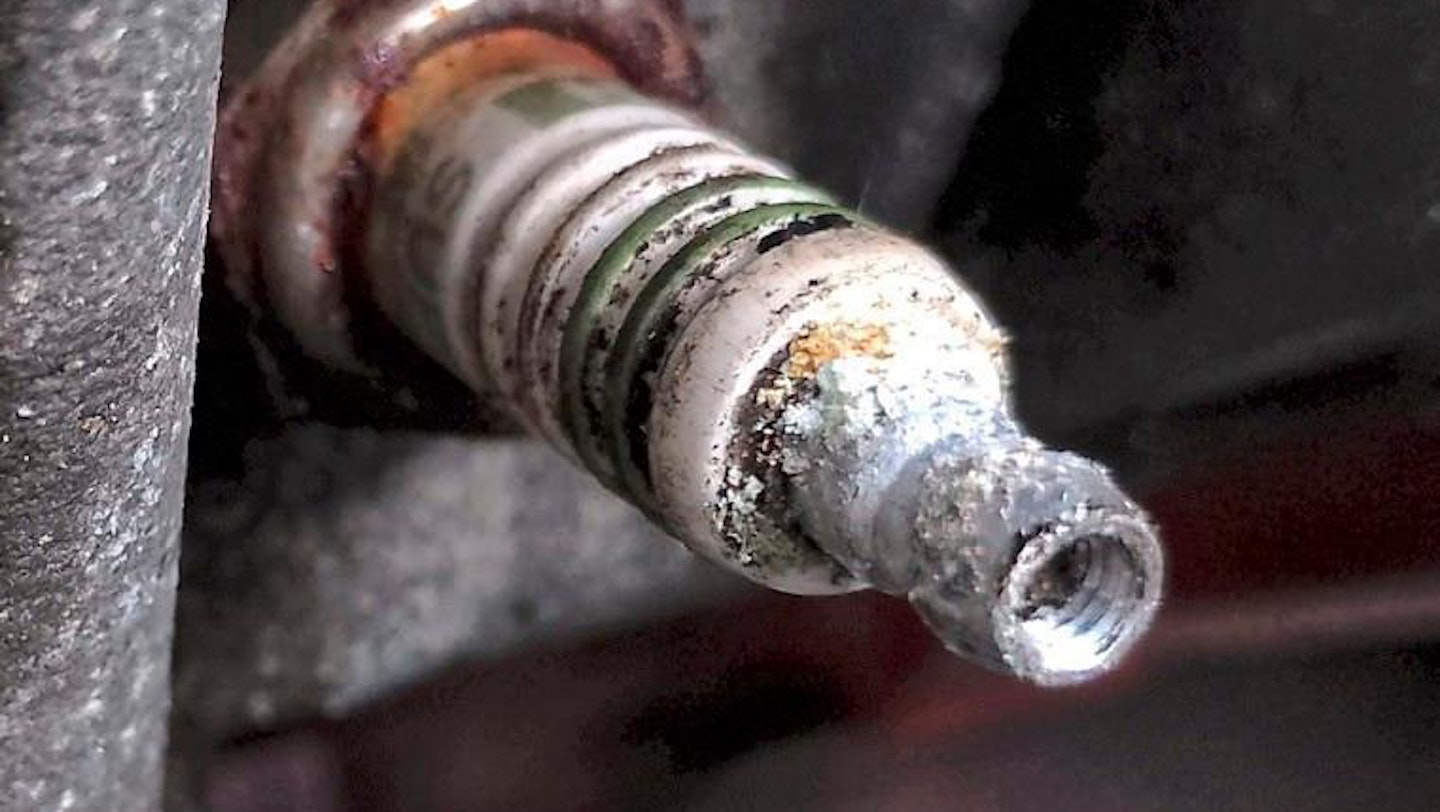
Have you looked under your HT leads recently?
Ed says
A We think the two problems are separate. The three cylinderitis is most likely a result of damp having its way inside one of the plug caps over the winter (or maybe at the distributor cap end). This sets up powdery corrosion, and so the high voltage takes its business elsewhere – usually arcing across some dirt instead. The jerking and stalling tells us the idle fuel jet of the carburettor is blocked. The fact it clears itself tells us it's either a flat flake, which rotates in the jet like a valve, or a large lump which is sucked across the jet, and eventually falls away again, to return later for another go. Try to catch it when it's stalling - stop, remove the jet and you might find the debris still stuck to/stuck in it. Blow it out and away. Symptoms may repeat if more dirt is in the carburettor. You might have to remove it, extract the jets one by one and clean it with an airline. Large black lumps of debris are from disintegrating fuel hoses; reddish flakes and sand are perhaps rust from the tank. Replace fuel hoses; install fuel filter before fuel pump, or preferably just after the tank. The carb may have a filter gauze on its inlet. Clean it.
AUSTIN METRO
BETTER SAFE?

Do you know what’s inside your braking system?
Q I'm about to change the rear brake cylinders of my 1985 Metro. I might also do the flexi hoses. Should I check the front brakes? They don't leak.
John Andress, Ryde
Matt says
A We think any car over about 15 years-old deserves a full inspection and rebuild. Not as a matter of emergency, but just because parts are often cheap and, well, you really should know what state it's all in. Flexi hoses become obstructed, cylinders and pistons rust and seize and sliding calipers cease to slide. It's all easy to ignore, until you need to stop suddenly on a wet bend. We found this Minestrone-like substance lurking in a brake caliper recently…
READER'S TIP
Nobody ever shakes a paint aerosol for two minutes – which is why paint's mismatched, thin or thick, and why the internal pickup tube blocks solid after a few uses.
Pete Daniels, Alfington
FWD cars wear their tyres 85 per cent at the front and only 15 per cent at the rear, which is why it's important to keep swapping them around. But don't put old, hardened tyres on the back.
Michael Anders, Aldershot
VOLKSWAGEN POLO
EGR-EGIOUS
Q My 2000 VW Polo 1.0 petrol has a code 'Exhaust Gas Recirculation flow insufficient'. It's had two EGR valves; the throttle body and inlet manifold and all pipes cleaned – and waterways, too. The code always comes back after 30 miles – but strangely went away when the exhaust fell apart.
Andrew Williams, Thirsk
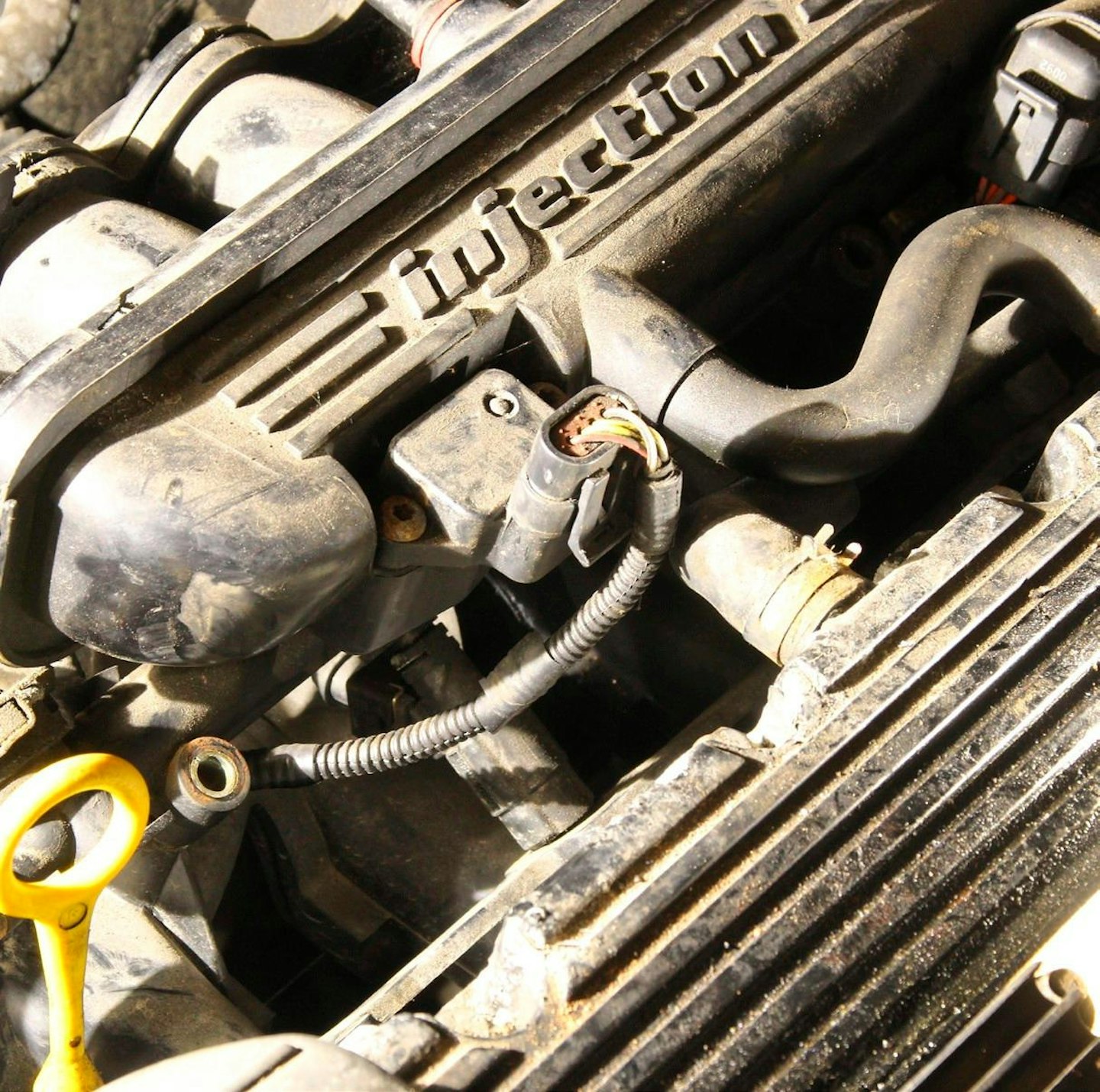
The MAP sensor’s the canary in the cage here.
Matt says
A The EGR valve is opened under certain conditions to admit some exhaust gas to the inlet manifold. It – and its pipes and passages – can become carboned-up, but your garage has dealt with this already. Similarly, EGR valve cooling (a rarer problem) has been tackled too by cleaning the waterways. Let's suppose now that the EGR valve is doing its job as it should. When it opens, the ECU expects to see a commensurate change in inlet manifold pressure, indicated by the Manifold Absolute Pressure (MAP) sensor on the inlet manifold. If it doesn't, it sets an error code. The MAP sensor, incidentally, can be removed and cleaned using a special aerosol sensor cleaner. Its active part is a small bead with two wires held in the tube part of the sensor. Spray away carbon deposits – don't touch the bead, except with a soft-bristle artist's brush.
The exhaust breakage however gives us a possible lead: it lowered the back pressure in the system. This will have a knock-on effect on the inlet manifold pressure: if the engine can't exhaust all its burned gas, it can't take in gases so efficiently either. The wrong amount of gas will be passed through the open EGR valve. This all confuses the MAP sensor. Back pressure may be a direct cause (perhaps the catalyst is partially blocked?) and the exhaust collapse ameliorated the symptoms already occurring, to the point where the error code wasn't triggered. As the car's of an age, do look also for causes of leaks at the inlet manifold – loose components, damaged gaskets and o-rings, perished vacuum pipes, a damaged servo hose, leaking servo or distorted or perished seal of the vacuum valve union at the servo.
If a particular action while driving triggers the error code after it's been reset, this might also give a clue to the root of the problem.
VALETING
A night to remember
Q My car smells of wet dogs and cheap cigarettes. I've tried enzyme odour killer, plus a wet vac using disinfectant.
Richard Young, Jedburgh
Rich says
A An ozone machine is probably the next step – but you need to spend time removing the source, or it will just keep coming back. Smoke is drawn deep into the foam seats and headlining. These need to be massaged to absorb the ozone – while at the same time not breathing it in, which is tricky. We'd advise taking it to a professional outfit.
FAILURE OF THE MONTH
Time catches up with Ed
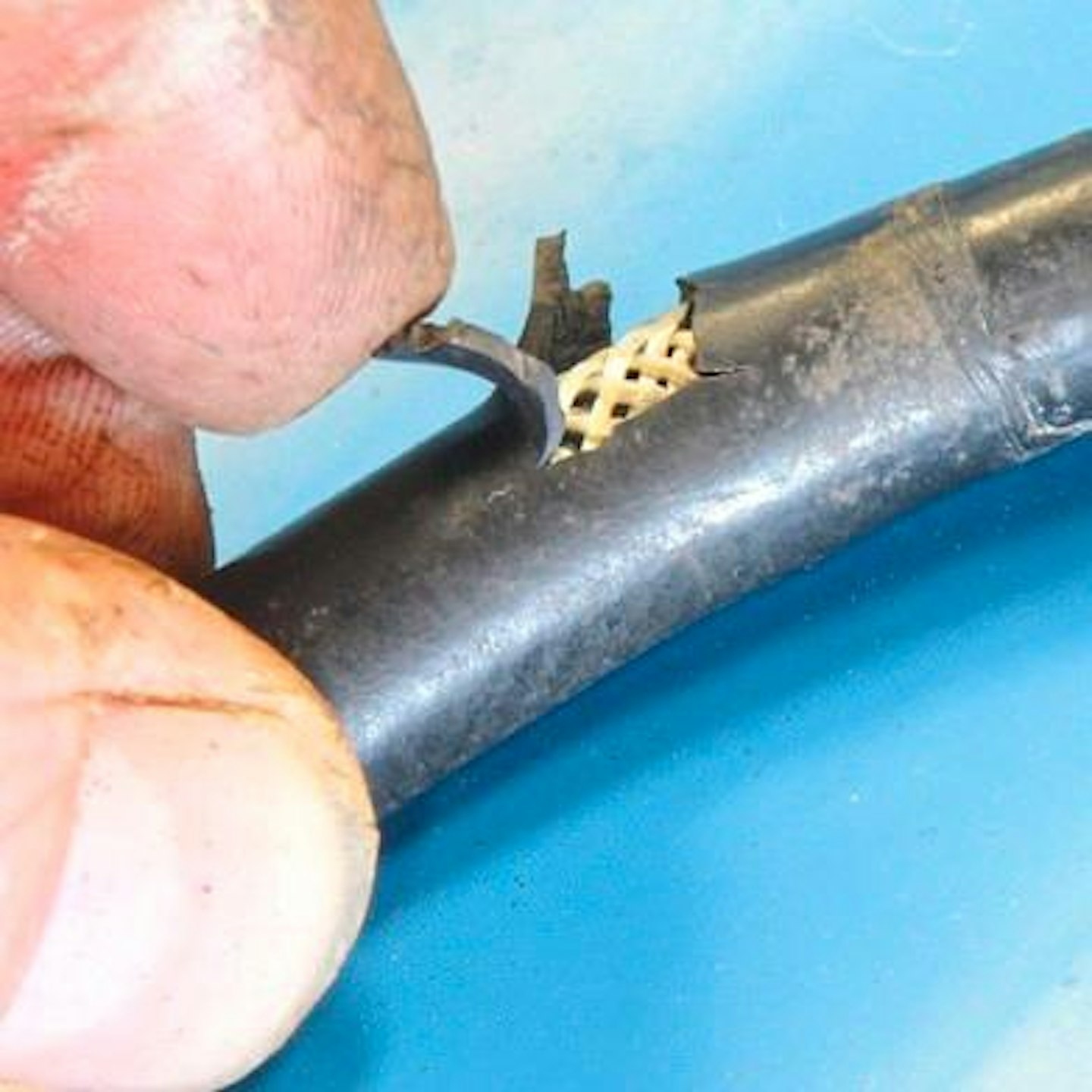
Examining the Samara, I noticed this fuel hose – hardened, cracked and delaminating. I was surprised: I remember changing all the fuel hoses – in 2018, it turns out. Time waits for no man – nor his perishable parts.
It was marked SAE J R6, not current R9.
I note R6 is still sold as all purpose fuel hose, though…
MINI
Gasping for air
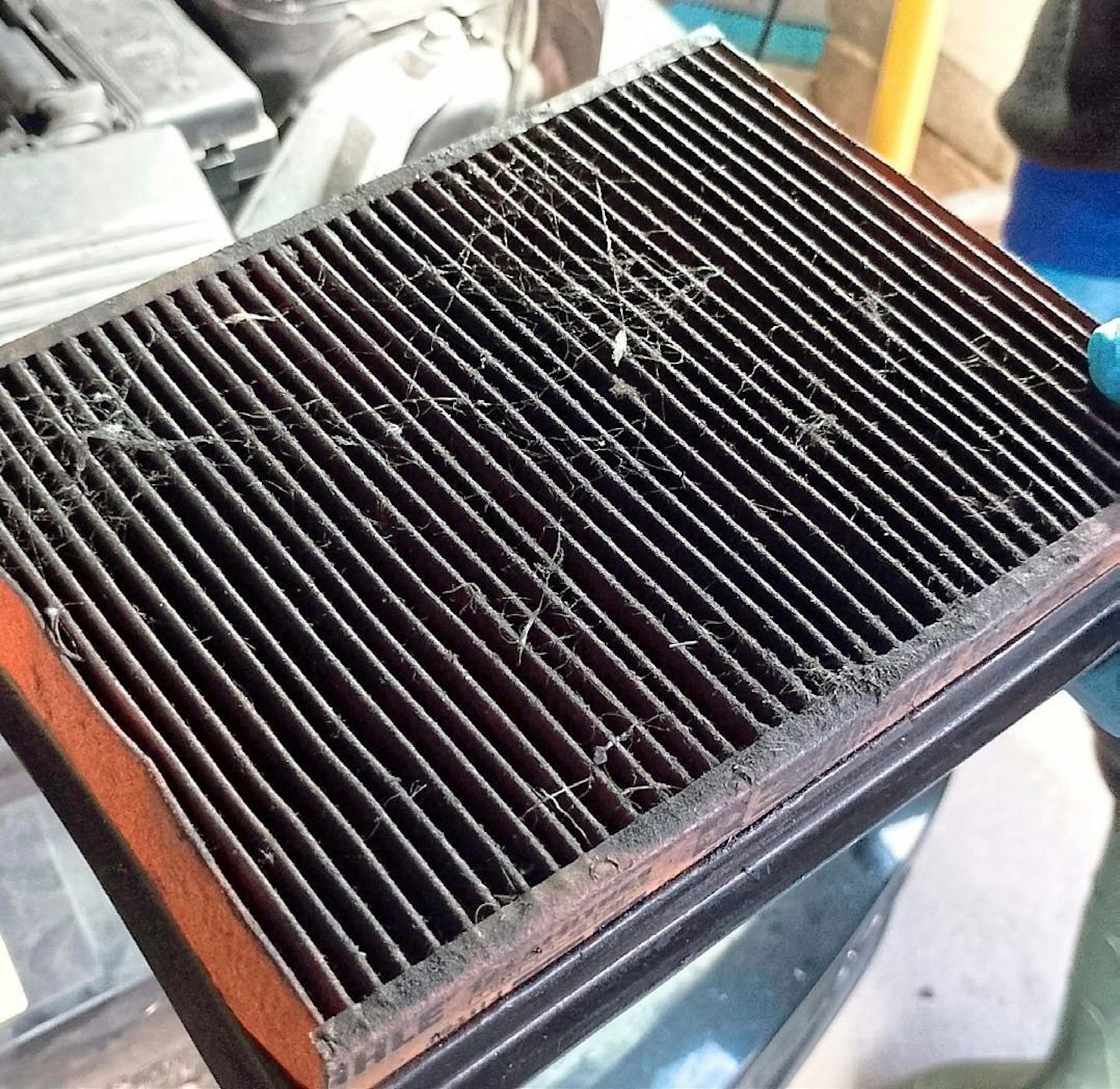
Q My mechanic removed this air filter from my 2004 MINI. Does it mean the engine's burning oil?
Harriet Parkinson, Ongar
Nigel says
A No. Oil burning happens entirely within the cylinders. The engine does have a crankcase breather, which takes oily gases out of the engine but they're fed in after the filter, not before it. The most likely cause of this mess is that there's been a long-running external oil leak which has found its way into the air filter. The front oil seal (s) can fling oil far and wide in a fine spray. Rocker covers often leak and if the oil falls on the hot exhaust manifold, it'll be vaporised and ingested by the air filter. Oil's very bad for paper air filters. It blocks them much more solidly than dirt alone, causing rich running.
CLEANING
LESSER SPOTTED…
Q I’ve bought a boot cover for my BMW X3 and the textured plastic, plus some of the fabric, is covered in speckles of paint. Any tips?
John Barden, Wrexham
Rich says
A Water-based paint should be removable with a steamer and a soft-ish scrubber to agitate it. Sometimes a degreaser helps it, but it should dissolve fairly well with a few passes – unless it's a latex masonry paint. If it's oil-based, the problem you have is that everything that dissolves it tends to dissolve or damage the oil-based plastic – eventually.
There are several graffiti removers that are listed as 'plastic safe,' so you could try one of those.
Otherwise it's a balance of working up the list of solvents you have available until you find one that removes the paint, without damaging the plastic.
Alcohols are fairly safe but probably least effective; limonene has a chance; then it's the tar and glue removers (best shot); paint thinners; acetone (nail polish remover) and petroleum distillates, which all have an even chance of causing issues with the plastic – but until you try them, you just don't know…
JAGUAR XJ6
RED HOT JAGUAR
Q My 1987 Jaguar XJ6 misfires and stops after 15 miles, refusing to restart until it has cooled down. When it fails to proceed, the ignition coil is red hot. I changed it for another with the same result. Could it be wrong plugs, or missing ballast resistor?
Jean Wolka, Aubry du Hainaut, France
Ed says
A Ballast systems intensify the spark during starting – which isn't necessary with an electronic system, so we can rule that out. Spark plugs won't cause this problem: it's either because too much current flows though the coil, or the current is switched on for too long in the ignition cycle.
Since you've tried two coils with the same result, we can guess they're not faulty or incorrect. We'd suggest the alternator may be overcharging the electrical system (you should read not more than 14.5V across the battery with the engine running fast). Alternatively the electronic ignition is somehow faulty and is turning the coil on for far too long during its cycle. We think this less likely – they usually either work or don't.
Subscribe to a PC Print+ Subscription today and you'll get instant digital access PLUS FREE UK delivery so you'll never miss an issue again. Check out our offers today.
